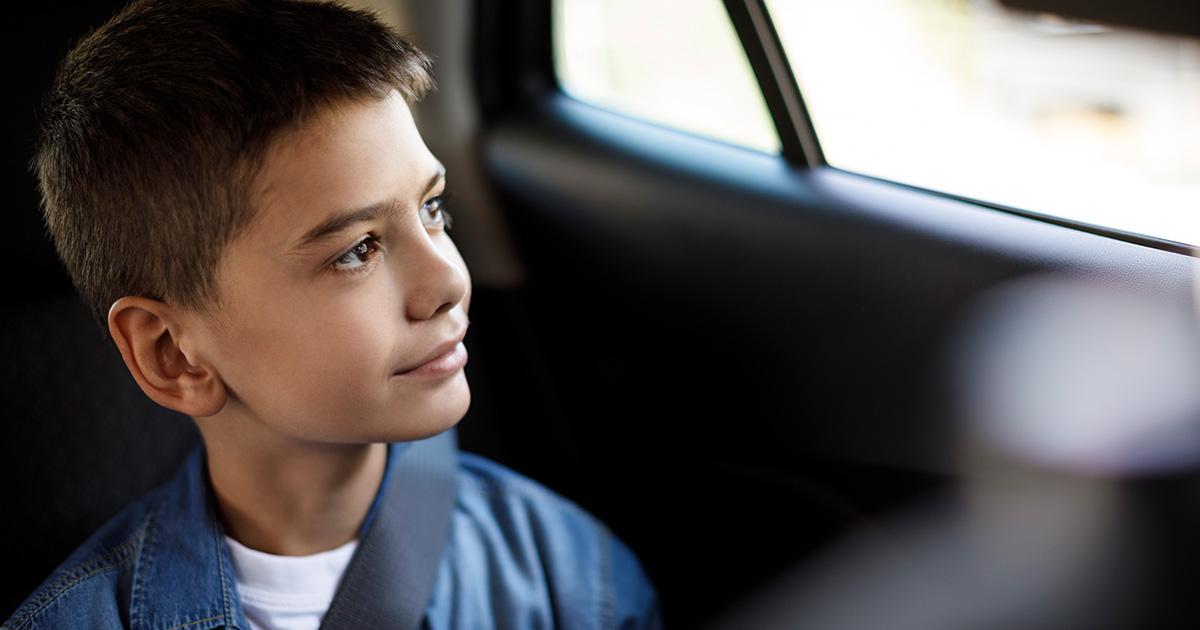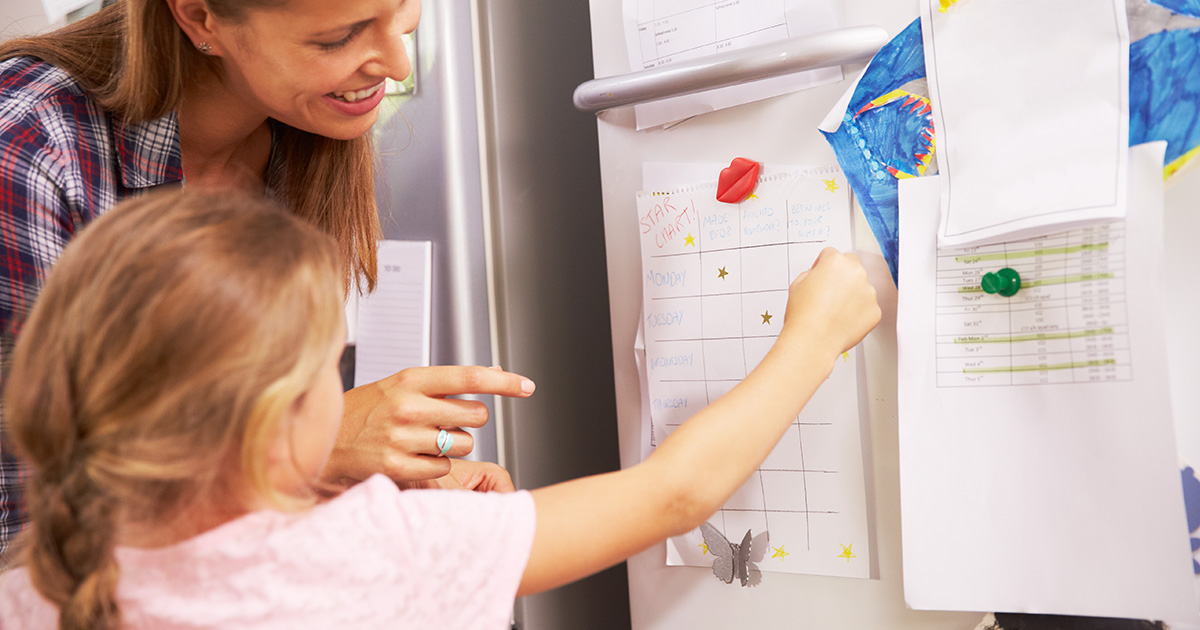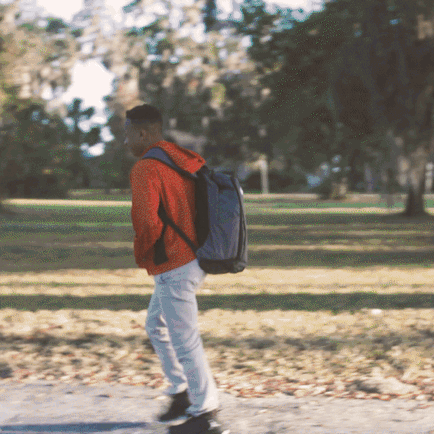Kids with autism and other special needs can have a tough time getting used to new routines, people and places. And of course, a new school year includes all of the above.
This year, your child may need extra help with transitions. After all, they aren’t just adjusting to school after summer break. They’re also adjusting to new classroom rules as COVID-19 guidelines change yet again.
Connecticut Children’s autism specialist Jennifer Twachtman-Bassett, MS, CCC-SLP, has tips.
1. Ease your child into new surroundings.
For lots of kids with special needs, it’s easier to embrace a new setting like school when they’re introduced to it gradually, by talking about it and looking at it before going in person.
If your child is attending a new school this year, or returning to the classroom after a year of remote learning, you might start with a picture of their school building. Spend a few days looking at the picture together and talking about how your child will go there for classes. Then drive by, and encourage your child to point out everything they notice. Finally, ask your child’s school if they can take a tour and visit their classroom before the school year begins.

2. Gather information about changes at school.
We all feel more comfortable when we know what to expect and how to act in new situations. That’s particularly true for kids with autism and other special needs. For this school year, many rules and routines are changing again – so start with a fact-finding mission.
Talk to your child’s school. What will be different this year? What will stay the same as last year? What’s the plan for your child’s class schedule, and transition times like lunch, recess, and pick-up and drop-off?
3. Explain changes to your child both verbally and visually.
Images and verbal reminders help your child get used to new ideas.
Maybe this year, your child is returning to full in-person classes. As the start of the school year approaches, show your child a calendar, and explain that they’ll get to go to school five days a week. Count down the days until they start.
4. Create picture stories to teach your child about key situations.
First, think of all of the things that your child needs to know about that situation. Write down “facts” about the situation – both ones that are positive to your child, and ones that may be perceived negatively. For challenging aspects of the situation, write down what your child can do to help themselves. Encourage your child to also add statements to the story.
Here is a story about recess: When it’s time for recess, I will go outside to the playground with my class. I can choose to go on the swings, go down the slide, or play with a ball. The playground might be noisy. This is okay. The playground is noisy because kids are having fun. I may hear noises that hurt my ears. I can put on headphones so that the noises are more quiet and they don’t hurt my ears. I can also ask the teacher to move away from the loud noises.
Add pictures to the story, like a photo of your child at the school playground, and one wearing headphones. As the first day of school approaches, review the story regularly with your child.
5. When possible, practice school routines at home.
This may take some imagination.
For example, if your child will be eating lunch at school this year, think about what they could start getting used to now, while they’re still on summer vacation – like having a packed lunch.
Invite your child to help prepare their lunch the night before, and put up a picture at home to remind them to put their lunch bag into their backpack each morning. When it’s time to eat, have them practice getting their lunch bag to eat, then repacking the empty containers and putting it all back into their backpack when they’re done.
6. Establish helpful home routines, too.
Having a predictable routine at home can set your child up for success at school. To get started, check out our 10 steps to a better morning.
Add extra support for kids with special needs by incorporating pictures, visual calendars, visual timers and social stories. Establish a system to record and celebrate successes.
For example, if your child’s goal is to pack their backpack every night before bed: Post pictures of the things that need to go into your child’s backpack. Encourage them to cross out or remove each item as it is put into the backpack. Create a wall chart with a picture of a backpack on it, and have your child add a sticker every time they complete the entire task.
Decide in advance how many stickers earn a reward, like choosing a favorite snack or getting to play with a special toy.

7. Give your child choices.
Choices help kids feel in control, which is especially comforting for kids with autism and other special needs.
When you’re building your child’s morning routine, you might ask whether they want to get dressed first, or brush their teeth. Each evening, have them pick out their clothes for the next day. Let them choose a toy to bring in the car for the ride to school.
Look for other opportunities in your child’s before- and after-school rituals, and while they’re at school.
8. Start now.
The more time your child has to get used to new information and routines, the more comfortable they’ll feel when the first day of school arrives.
If you need information or support, don’t hesitate to reach out to your child’s doctors and teachers. We’re here to help your child have a great school year.
Source: Connecticut Childrens


